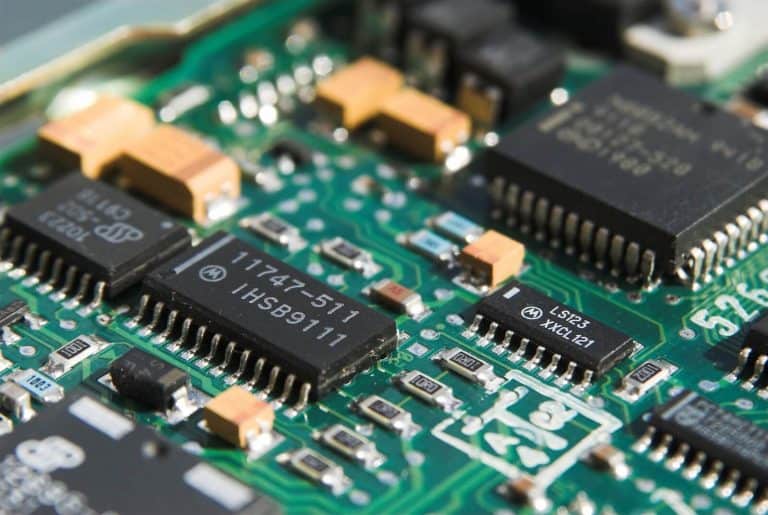Know these 6 Tips before you design and assemble Aerospace PCB
When it comes to Aerospace PCBs, they need to meet stringent guidelines for their mission-critical nature. Such PCBs need to demonstrate continuous high performance without equipment downtime. Also, the operating environment is likely to be harsh. Typically, such PCBs need to conform to IPC-A-610E Class 3 benchmarks for High-Performance Electronic Products standards set forth by IPC.
Here are some handy tips for PCB Assembly that can improve the quality and stability of aerospace PCBs:
# 1. Treat your contract manufacturers as your partners
It is imperative that you include your contract manufacturer in all your discussions right from the planning stage. This will ensure that you speak a common language and that the contract manufacturer fully understands your requirements. That way, you do not have to deal with costly errors that arise out of a lack of communication. You also need to be aware of the manufacturer’s constraints so that the design takes that into account.
It is also essential to communicate your testing requirements in advance, and failure to do so can result in expensive corrections.
#2. Robust DFM Analysis
Ensure that the PCBs go through robust DFM analysis after every change. Once again, this will ensure that that precious time isn’t wasted at the manufacturing stage. Importantly, you need to analyze each defect. This will have a long-term implication on improving your future designs as well.
#3 – Ensure that manufacturing methods do not compromise performance
Manufacturing details matter a lot when creating IPC-A-610E class 3 products. PCB fabricators often adjust designs to make them better fit their manufacturing processes and increase yield. It is important to remember that high-speed circuits and radio-frequency designs, in particular, are geometry-dependent. Changing the trace size, for example, can result in the circuit not operating. It is, therefore, important to inspect the final artwork before any prototype is produced.
#4 Testing strategy
A testing strategy must be put in place early that considers time and budget constraints. For high-cost PCBs, for example, opting for a Highly Accelerated Life Test can destroy your prototype. In such cases, a virtual HALT simulation may be in order.
For aerospace PCBs, you need specialized testing to ensure performance in harsh environments. Therefore, it is vital to determine the kind of testing required and how it should be performed in advance.
#5 – Cost-effectiveness
While with aerospace PCBs, quality is of the essence, and you cannot skip any steps that will jeopardize quality in any way, it is also important to ensure cost-effectiveness. Therefore, you need to go with manufacturers who, with their experience, can offer the right balance between providing quality and maintaining costs. Getting PCB Fabrication done from such manufacturers is always the right decision!
#6 Learning Culture
Above everything, it is important to establish a culture of learning within the organization. This culture, in turn, will make use of adequate data mining that prevents any failures from re-occurring.
What is also important is that the contract manufacturer conducts a thorough risk assessment. The assessment needs to span several aspects, including but not limited to:
- Can the production happen on time
- Are there likely to be any manufacturing issues
- If there are any part failures, what are the consequences likely to be.
To sum up
With an increase in design complexity and no margin for downtime or failure, creating reliable and stable aerospace PCBs presents a certain amount of challenge. Some of the important steps to be taken that can ensure quality aerospace PCBs include:
- Having a stringent quality-driven culture in the organization
- A strong partnership with the manufacturer that ensures good communication as also taking into account manufacturing constraints during the design stage itself.
- Data mining and learning from failures.
- A learning-driven approach that takes into account more testing options and new working methods.
- Need to instill innovation and reliability at each step, especially when working with complex designs.
With these practices in place, you can ensure more capable systems that ensure device reliability and meet the unique challenges aerospace electronics face.




